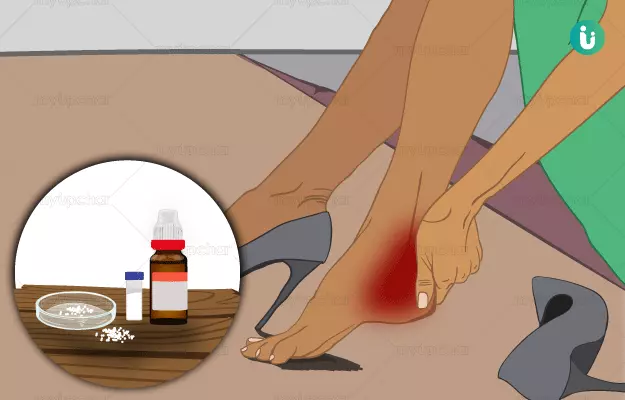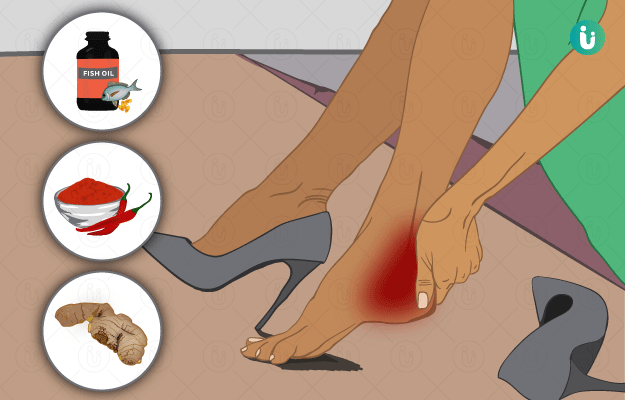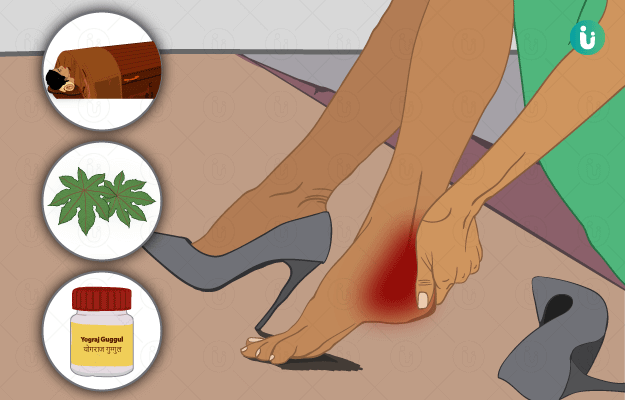Heel pain is a condition marked by discomfort in the heel or back of the heel typically experienced while walking, exercising, and raising the feet. In a nutshell, any day-to-day physical work requiring us to move or put any kind of pressure on the feet can cause heel pain. Several conditions can cause heel pain, the most common being Achilles tendinitis (damage or shock to Achilles tendon) and plantar fasciitis (inflammation of plantar fascia that extends from heel to toe). Other conditions that result in heel pain are:
- Calcaneal spur: It is a bony growth of the heel bone, which in most cases causes pain in the heel.
- Muscle strain
- Stress fracture of the bone
- Arthritis
- Nerve damage
- Tendonitis: An inflammatory condition of tendons, tissues that keep the muscles attached to bones.
- Cyst
Putting excess pressure or using footwear that stresses the feet is likely to result in heel pain. People with structural differences in their feet, e.g., flat feet or more arched feet, are more prone to this condition.
Plantar fasciitis is one of the most common causes of heel pain. In India, about 80% of the population with any form of podiatric condition has plantar fasciitis, which is often a result of wearing low-quality shoes or flat feet,
As of now, there are several medications and forms of treatment that help in heel pain, but none of the medications is known to deal with the condition permanently. Physiotherapy is also a boon for those with heel pain but needs to be performed daily. Conventional medications can help relieve heel pain but often result in several side effects such as indigestion, soreness, dizziness and twitching. Use of painkillers for a lengthier period can also have an adverse effect on kidneys.
Homeopathy comes as a respite in this condition as several of the homeopathic remedies are of great help in suppressing and getting rid of the underlying conditions, in turn, relieving the individual of heel pain without any side effects. Arnica montana, calcarea fluorica, rhus toxicodendron and ledum palustre are a few remedies that are widely and effectively used in the treatment of heel pain.






























